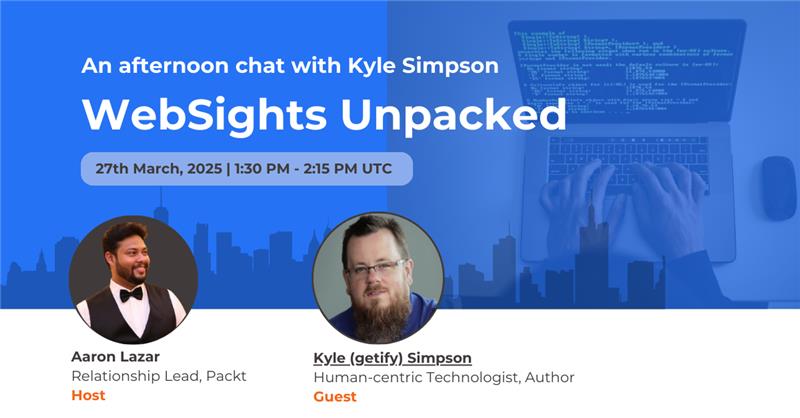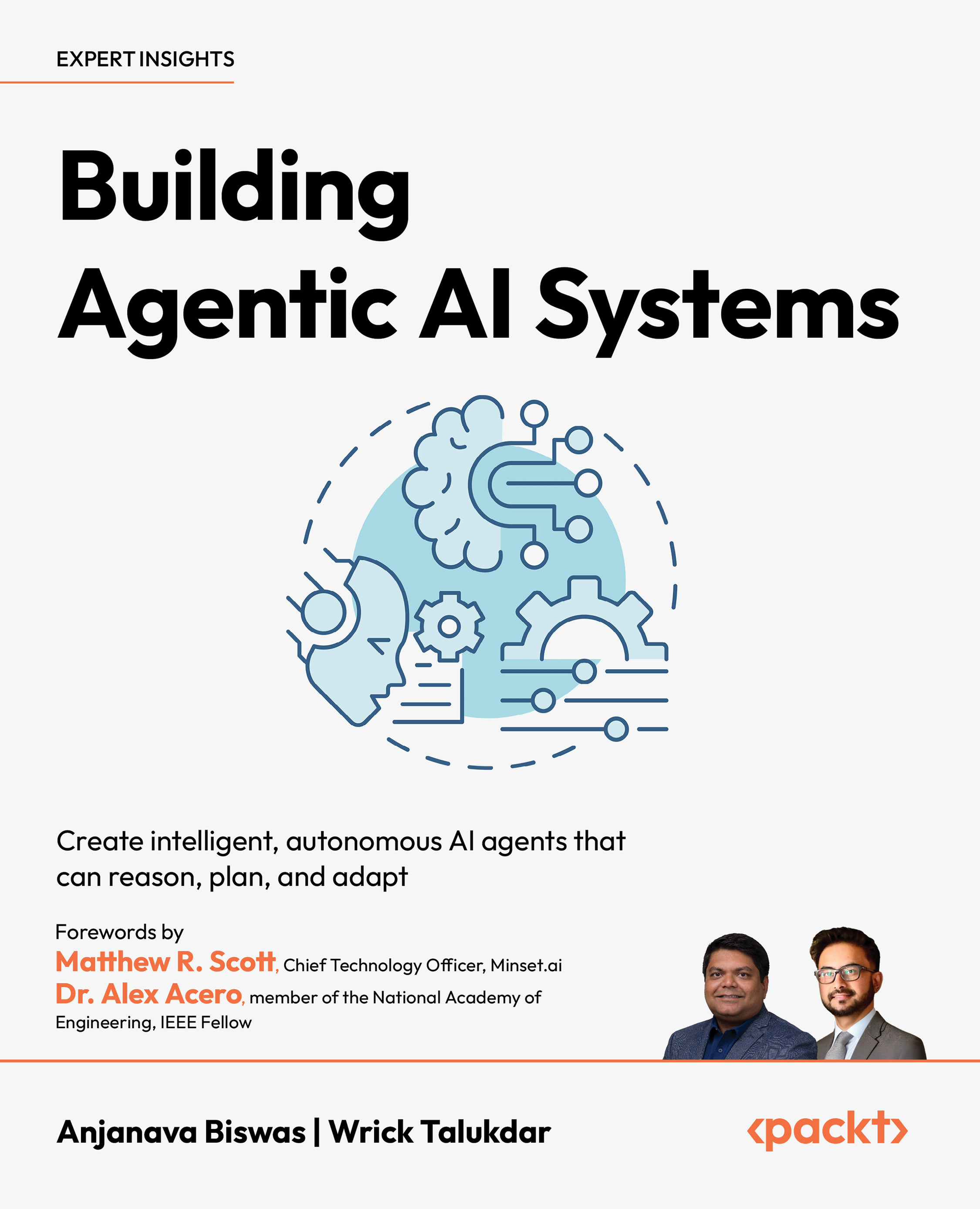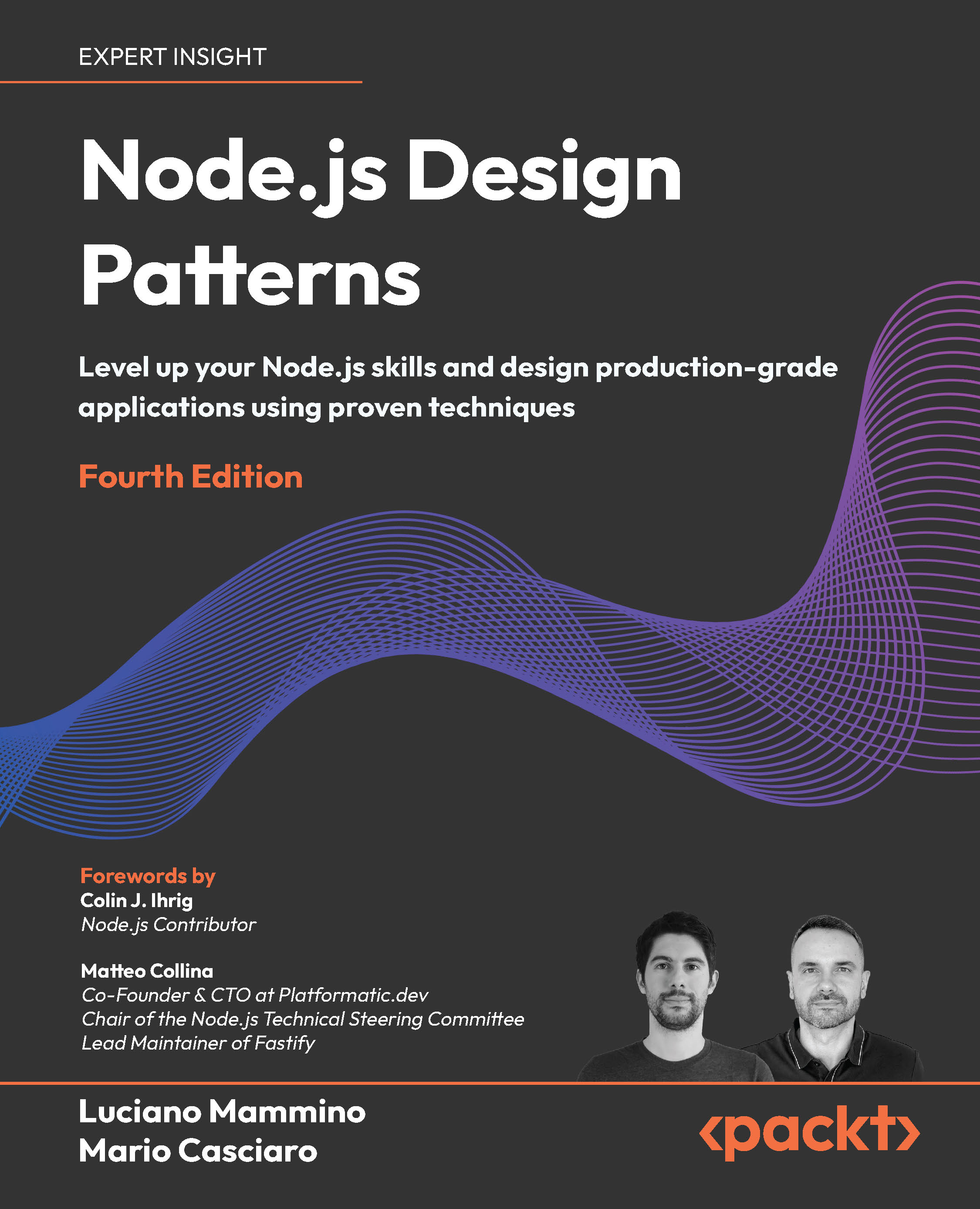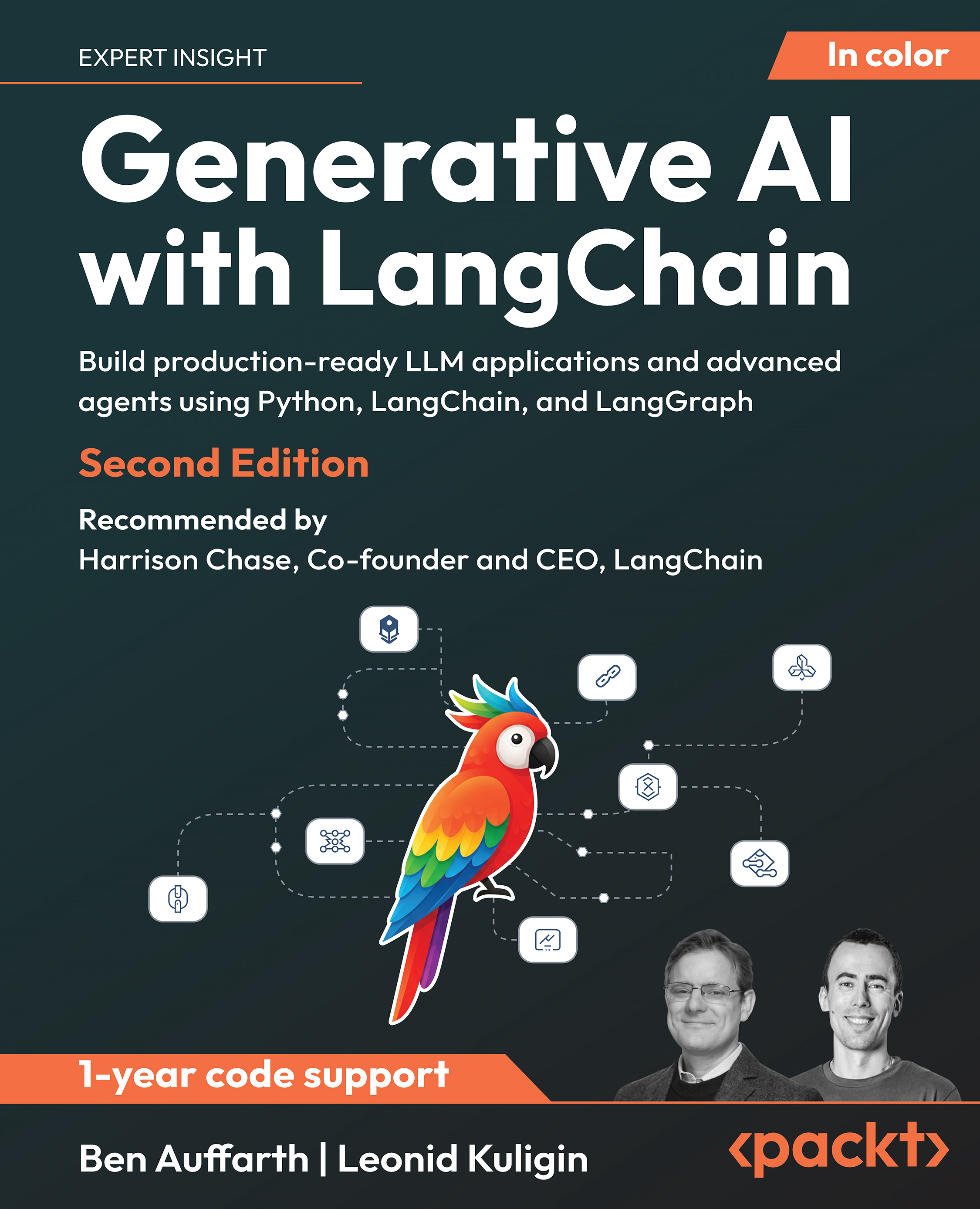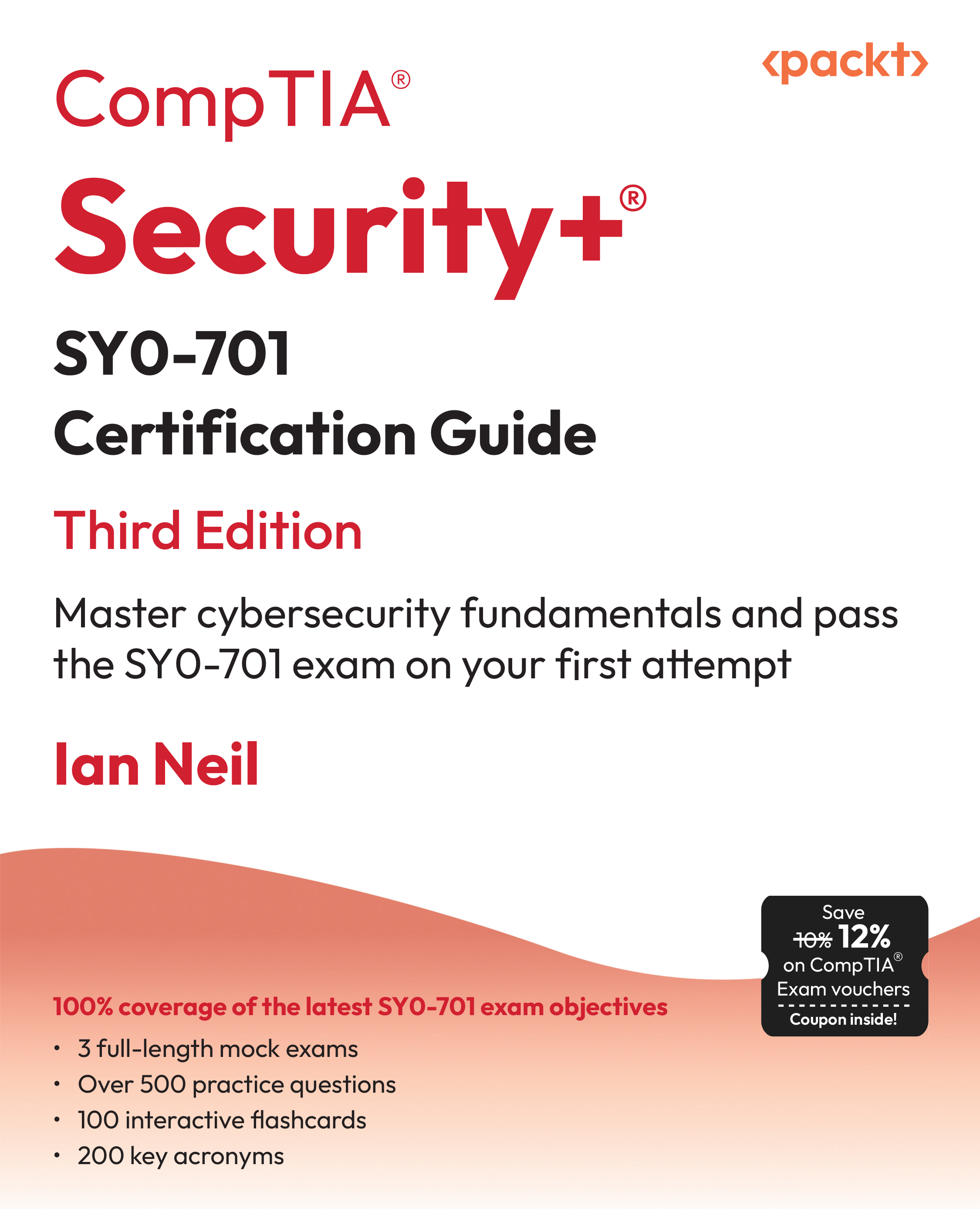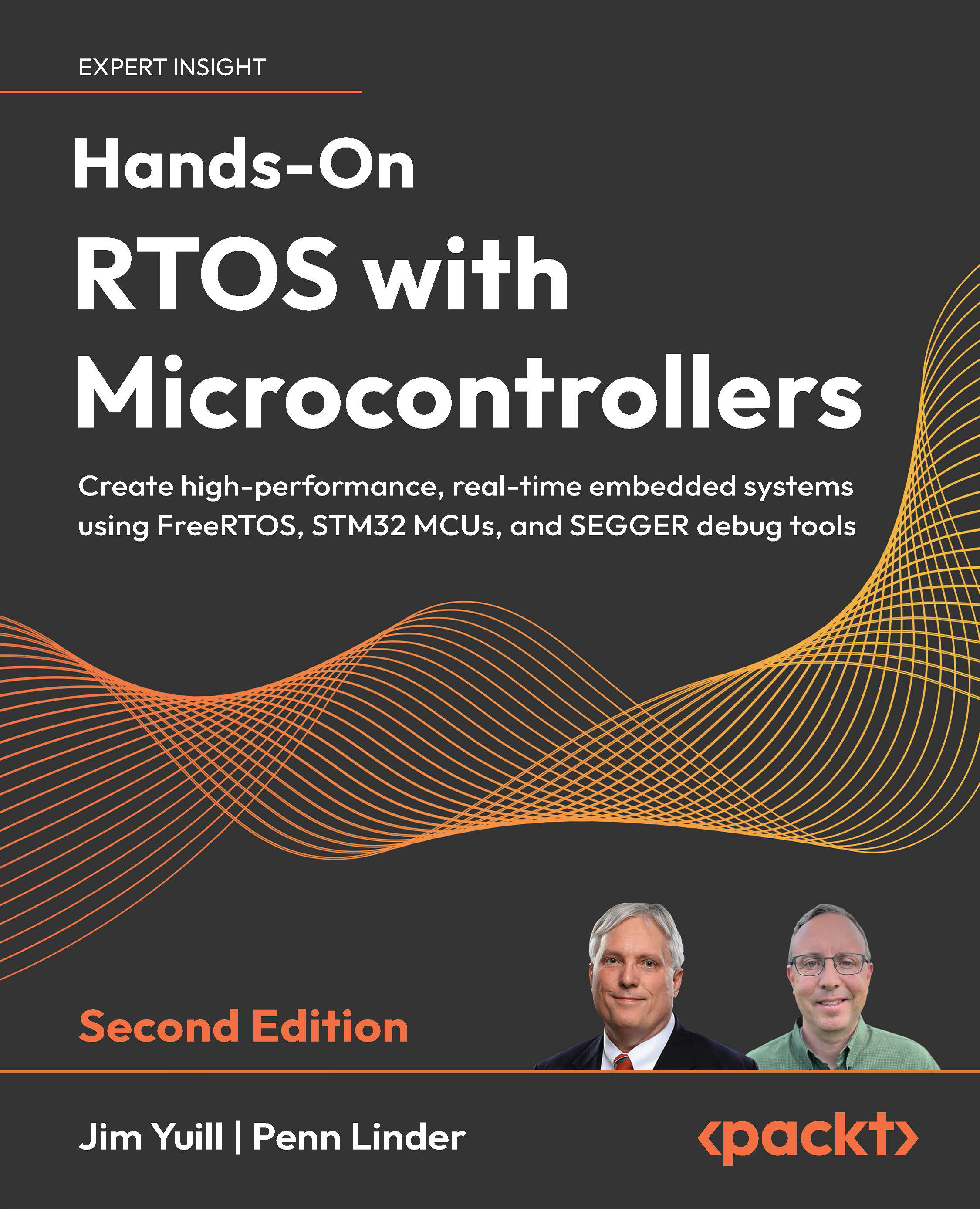Packt: What’s the most interesting thing that’s happened over the last 2-3 years in web development? What’s the most important thing that’s happening right now?
Kyle: I don’t think there’s anything important that’s happening in web development trends at the moment. I haven’t seen any advancements in frameworks or tooling or building approaches that I think has much merit. This is not to disparage folks who are building tools and frameworks, but over the last several years, everything seems to have gravitated towards centralizing around the cloud, with server rendered components, etc.
Packt: What about AI then?
Unlock access to the largest independent learning library in Tech for FREE!
Get unlimited access to 7500+ expert-authored eBooks and video courses covering every tech area you can think of.
Renews at $19.99/month. Cancel anytime
Kyle: AI is something I have a lot of thoughts on, having spent quite a while feeling that this is just another trend. As a late adopter, I have started to embrace it. I wanted to spend some quality time to understand these tools and see what they could actually do for us, and started paying for some tools to explore them. I will say that I do not believe in nor use AI automation tools in my development workflow - where AI is integrated into my IDE, updating and rewriting my code - I don’t do anything like that and don’t see myself doing that in the near future.
Packt: Have you tried doing this and it hasn’t worked for you, or have you stayed away from trying it at all?
Kyle: Oh, I’ve tried it—and I’ve chosen not to continue. I actually worked at a company that built AI-powered autocomplete tools, so I’ve spent a fair amount of time with them. But that’s not where I see AI's real value.
I use AI more as a learning and research partner than as a coding assistant for every keystroke. When I hit a roadblock—like a confusing CSS layout or a buggy algorithm—I turn to AI like I would to a knowledgeable colleague, asking for help in diagnosing the problem.
The key is maintaining human agency. You have to direct the AI with clear intent instead of expecting it to guess your goals. Many people misuse it by trying to automate everything, but that bypasses the deeper learning process. When we articulate what we’re struggling with, even to an AI, we build lasting neural pathways—connections that help us truly understand what we’re doing. If we skip that step, we risk becoming dependent on tools we don’t understand.
That’s why I use AI to support learning, not replace it. For instance, I’m currently converting a REST-based app to use GraphQL. I’m still learning GraphQL, so I lean on AI to guide me—but I don’t want a one-click converter. That might save time, but I wouldn’t actually learn anything. AI should empower us, not take away the human element of growth and discovery.
Packt: What advice would you like to give developers who are attempting vibe coding?
Kyle: While I understand the attractiveness of ‘vibe coding’, the most valuable skill that most software engineers have, which is the ability to take the creative side of your brain and marry it with the disciplined and logical side of your brain - you’ve erased most of that value by giving it over to the computer and shutting your own brain off. An engineer seeks to first understand a system and then solve problems or build a system, and if you don’t care to understand the system and only care about the outcome, then you cease to be an engineer and become a consumer of computing apps.
Packt: Has AI now become your primary learning tool?
Kyle: In some respects, yes. When I needed to learn something in the past, I used to Google search a lot and then did a lot of correlation across various sources. My brain had to do a lot of the connecting and I had to do a lot of trial and error to figure out a solution. It was effective to an extent but not necessarily efficient.
AI is now doing a lot of that correlation work for me. I’m able to ask questions that closely match what I’m trying to accomplish. AI does still give me noise, but I’m able to filter that down with a few prompts, and by the 4th or 5th prompt, I’ve been able to filter it down to where it understands what I need. It’s always good to read the citations and sources to ensure what the AI is saying is accurate, but I’m finding this way of working much better.
 United States
United States
 Great Britain
Great Britain
 India
India
 Germany
Germany
 France
France
 Canada
Canada
 Russia
Russia
 Spain
Spain
 Brazil
Brazil
 Australia
Australia
 Singapore
Singapore
 Canary Islands
Canary Islands
 Hungary
Hungary
 Ukraine
Ukraine
 Luxembourg
Luxembourg
 Estonia
Estonia
 Lithuania
Lithuania
 South Korea
South Korea
 Turkey
Turkey
 Switzerland
Switzerland
 Colombia
Colombia
 Taiwan
Taiwan
 Chile
Chile
 Norway
Norway
 Ecuador
Ecuador
 Indonesia
Indonesia
 New Zealand
New Zealand
 Cyprus
Cyprus
 Denmark
Denmark
 Finland
Finland
 Poland
Poland
 Malta
Malta
 Czechia
Czechia
 Austria
Austria
 Sweden
Sweden
 Italy
Italy
 Egypt
Egypt
 Belgium
Belgium
 Portugal
Portugal
 Slovenia
Slovenia
 Ireland
Ireland
 Romania
Romania
 Greece
Greece
 Argentina
Argentina
 Netherlands
Netherlands
 Bulgaria
Bulgaria
 Latvia
Latvia
 South Africa
South Africa
 Malaysia
Malaysia
 Japan
Japan
 Slovakia
Slovakia
 Philippines
Philippines
 Mexico
Mexico
 Thailand
Thailand




